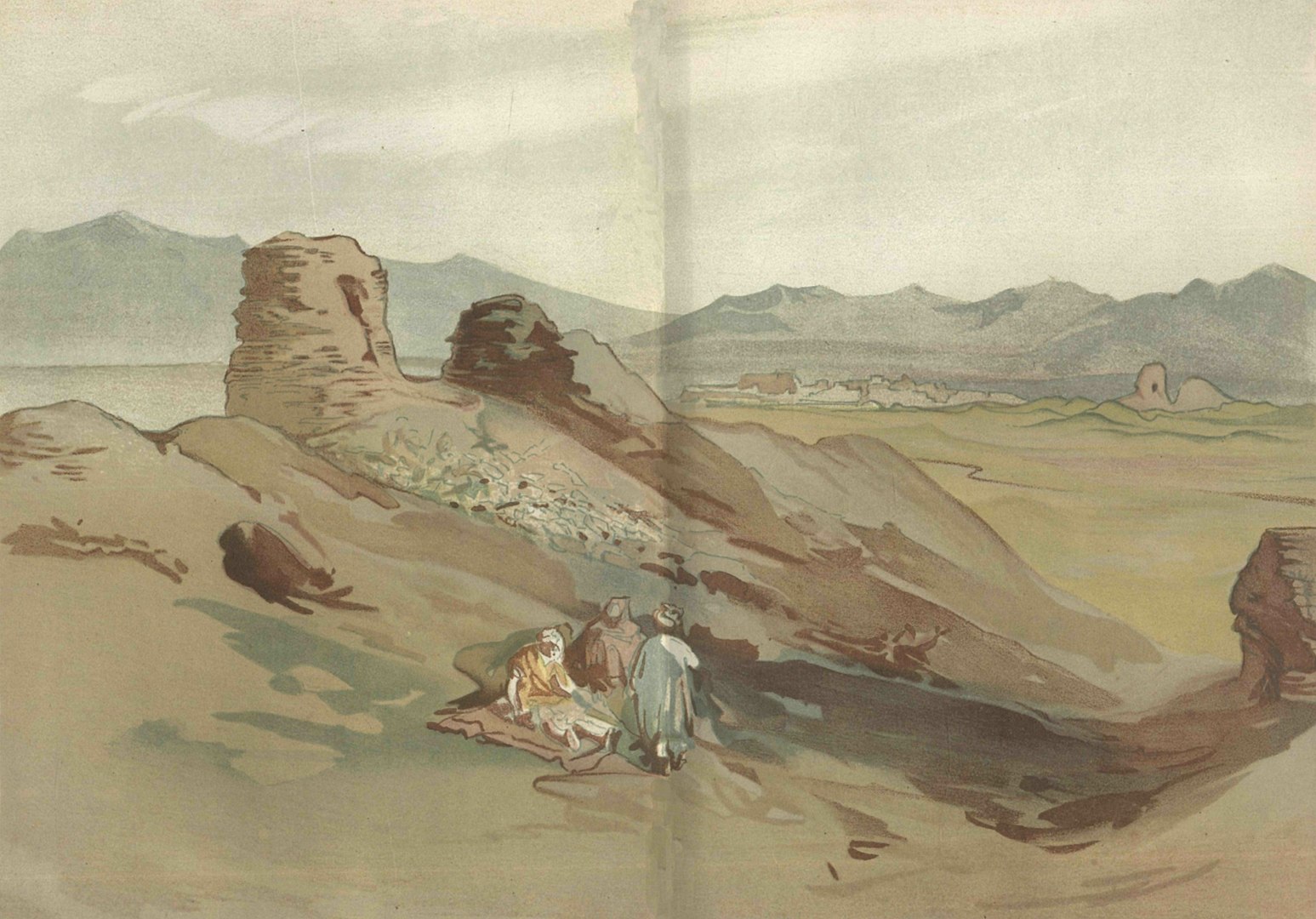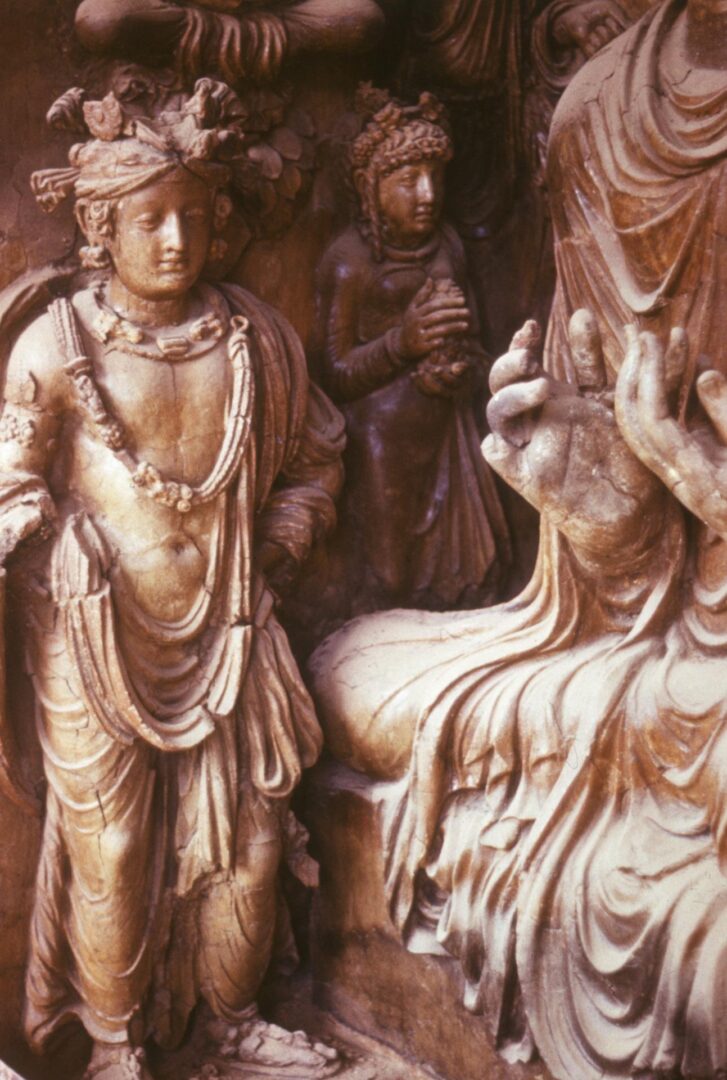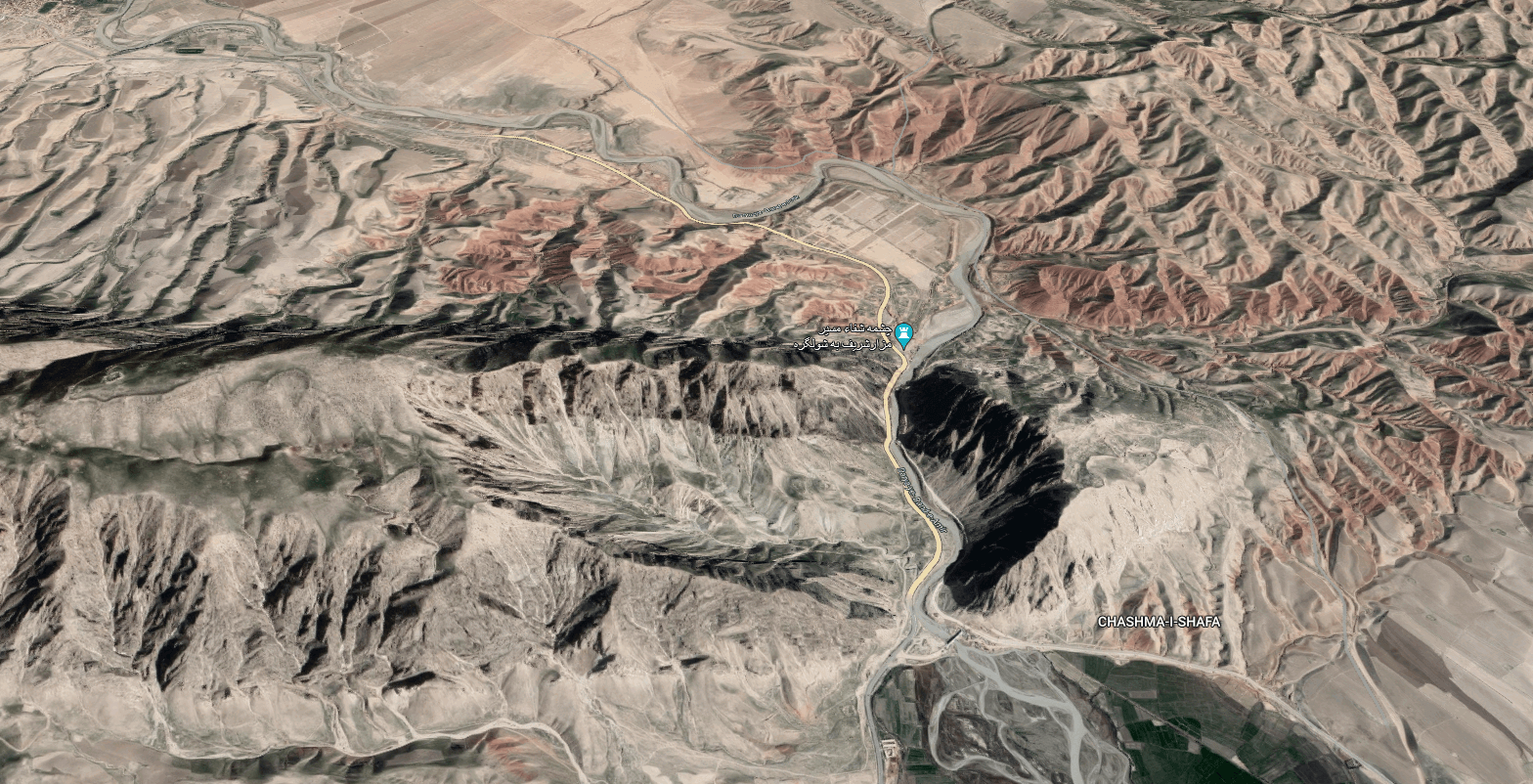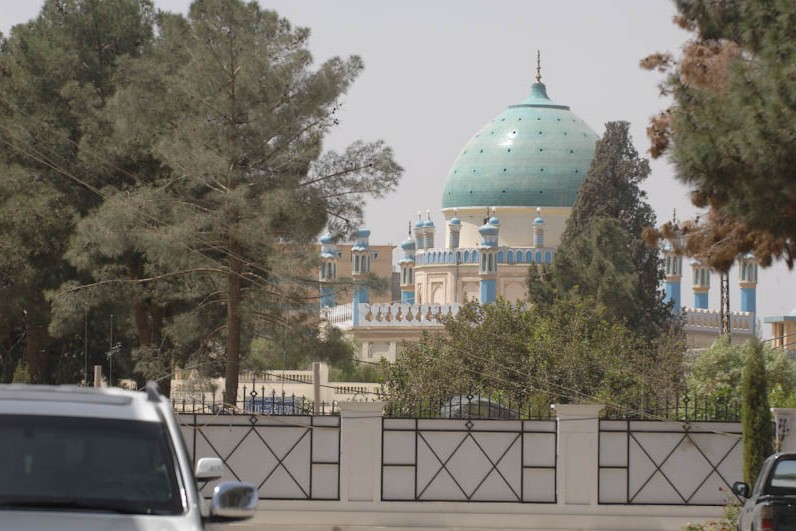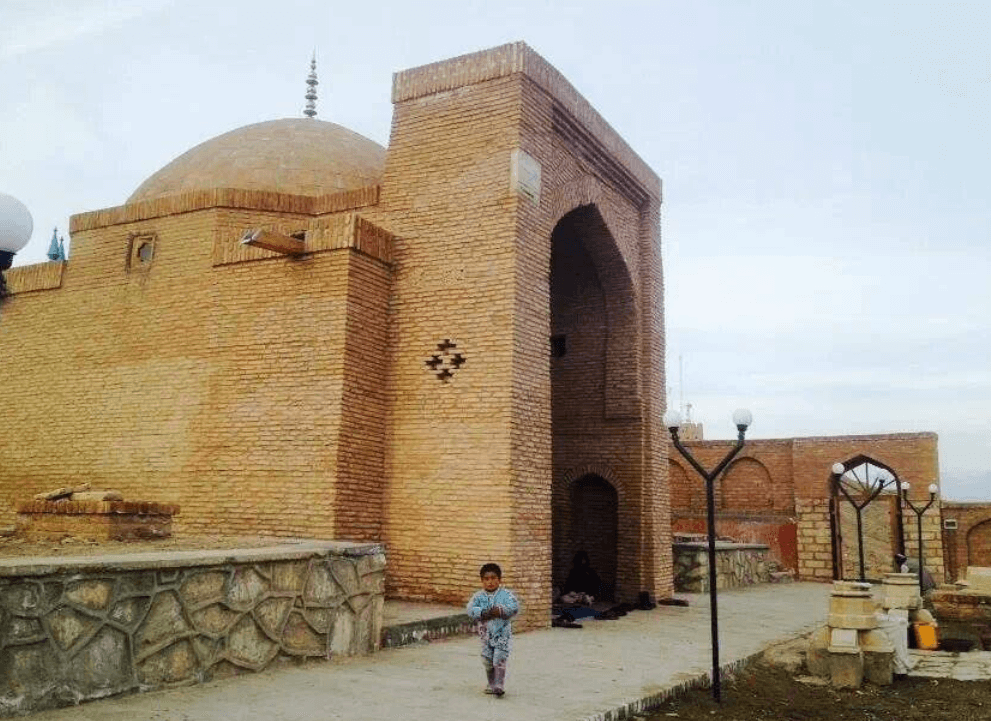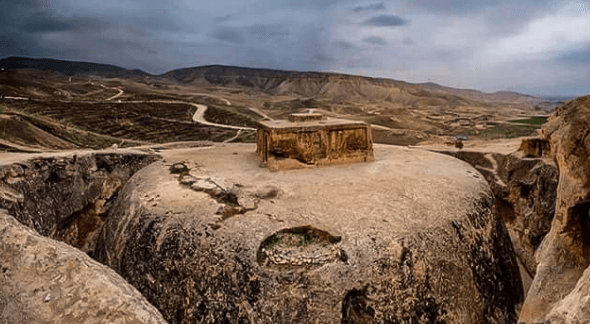Jalalabad, Afghanistan
Coordinates: 34.36617, 70.46918
Introduction
Nestled amidst the picturesque landscapes of Afghanistan lies a hidden gem of ancient heritage and spiritual significance – the Familo Hadda Monastery. This sacred sanctuary, shrouded in mystery and surrounded by tales of bygone eras, beckons travelers and history enthusiasts alike to unravel its secrets. Join us on an immersive journey through the hallowed halls of Familo Hadda Monastery as we delve into its rich history, architectural marvels, and spiritual legacy.
History of Familo Hadda Monastery
Familo Hadda Monastery traces its origins back to the Gandhara period, a pivotal era in the history of Afghanistan and neighboring regions. Founded during the 2nd century BCE, this ancient Buddhist monastery flourished as a center of learning, meditation, and religious discourse. Over the centuries, it evolved into a sprawling complex adorned with ornate sculptures, intricate carvings, and sacred artifacts, bearing witness to the spiritual fervor of its inhabitants.
Architectural Splendor
One of the most remarkable features of Familo Hadda Monastery is its architectural grandeur, reflecting the artistic prowess and ingenuity of ancient craftsmen. The monastery comprises a series of interconnected halls, courtyards, and prayer rooms, adorned with elaborately carved columns, domes, and facades. Each structure showcases a unique blend of Gandharan, Hellenistic, and Indian architectural styles, creating a visual tapestry that mesmerizes visitors and historians alike.
Artistic Treasures
Within the hallowed confines of Familo Hadda Monastery lie a plethora of artistic treasures that offer glimpses into the spiritual and cultural heritage of ancient Afghanistan. The walls of the monastery are adorned with exquisite murals, depicting scenes from Buddhist scriptures, celestial beings, and mythical creatures. Intricately carved statues, stucco reliefs, and votive offerings further enrich the aesthetic appeal of the site, providing insights into the religious beliefs and practices of its inhabitants.
Spiritual Significance
For centuries, Familo Hadda Monastery served as a sacred haven for Buddhist monks and devotees, fostering spiritual enlightenment and inner peace. The tranquil surroundings, coupled with the aura of sanctity that permeates the air, create an atmosphere conducive to meditation and introspection. Pilgrims from far and wide journey to the monastery to seek solace, wisdom, and divine blessings, forging a timeless bond between the past and the present.
Preservation Efforts
In recent years, efforts have been undertaken to preserve and safeguard the cultural heritage of Familo Hadda Monastery for future generations. Archaeological teams, in collaboration with local authorities and international organizations, have conducted extensive excavations and conservation work at the site. Measures have been implemented to protect the monastery from natural disasters, vandalism, and illicit excavations, ensuring its longevity as a beacon of cultural heritage.
Visitor Experience
Visiting Familo Hadda Monastery is a transformative experience that transports visitors to a bygone era of spiritual enlightenment and artistic splendor. As you wander through the labyrinthine corridors, adorned with ancient relics and echoing with the whispers of history, you can’t help but feel a sense of awe and reverence for the timeless legacy of this sacred sanctuary. Whether you’re a history buff, a spiritual seeker, or simply an admirer of beauty, Familo Hadda Monastery offers a journey of discovery like no other.
Conclusion
Familo Hadda Monastery stands as a testament to the enduring legacy of Buddhism in Afghanistan and the wider Gandharan region. Its architectural splendor, artistic treasures, and spiritual significance continue to captivate the hearts and minds of visitors from around the world. As we celebrate the rich heritage of Familo Hadda Monastery, let us also pledge to cherish and preserve it for future generations, ensuring that its timeless beauty continues to inspire and uplift humanity for centuries to come.



